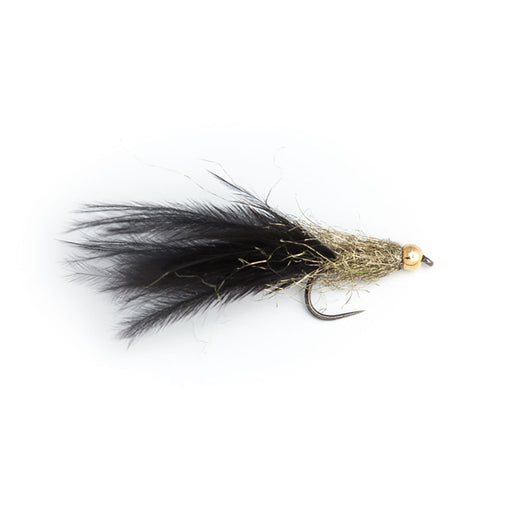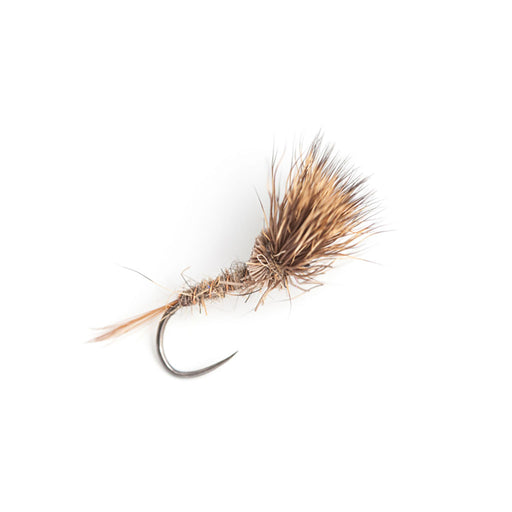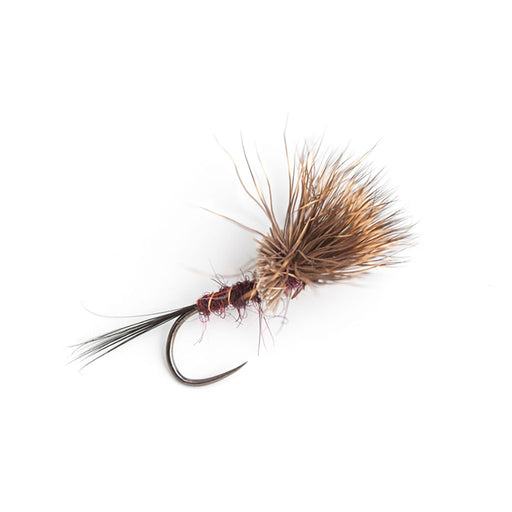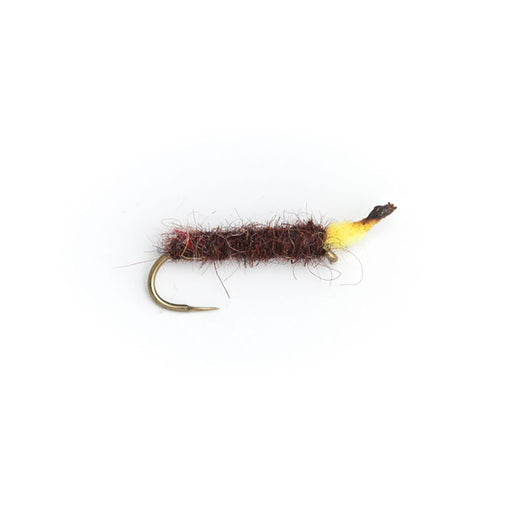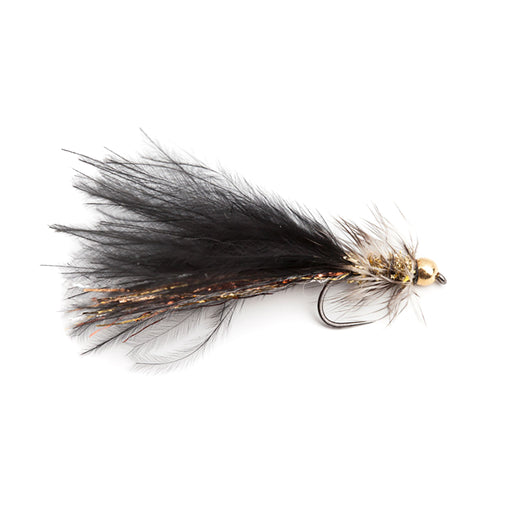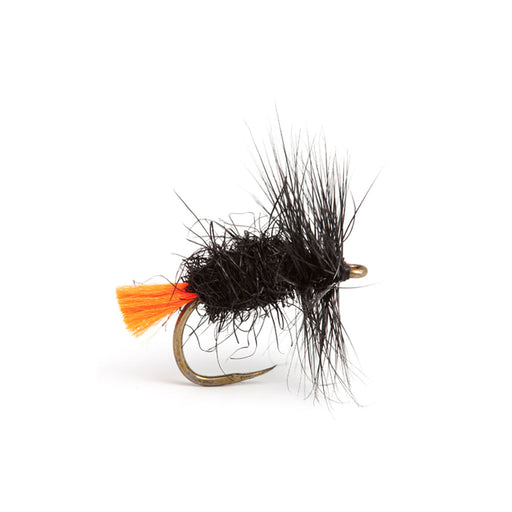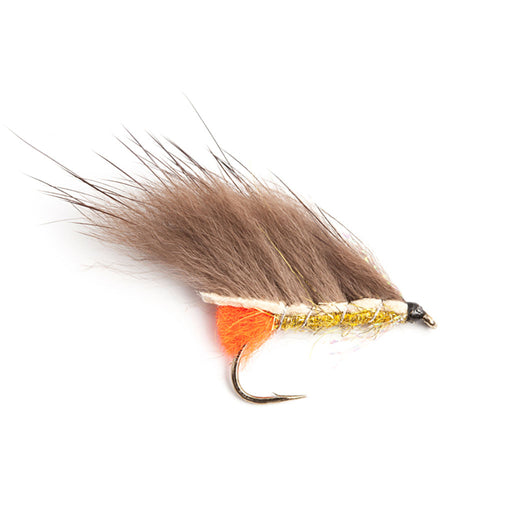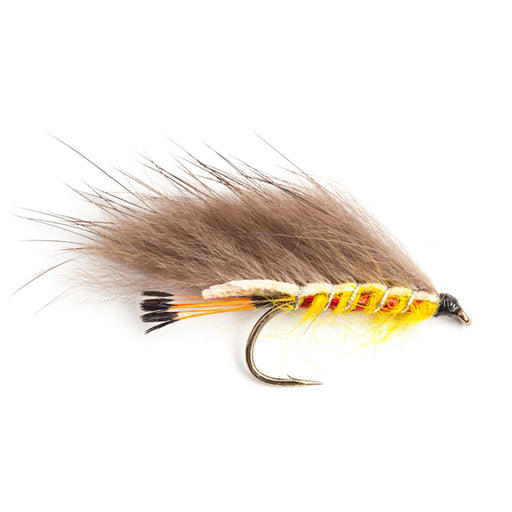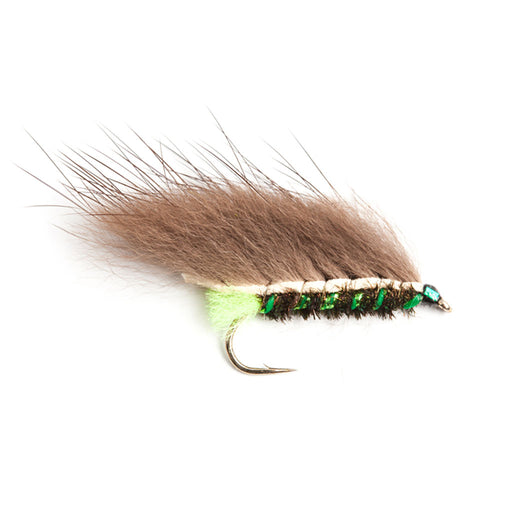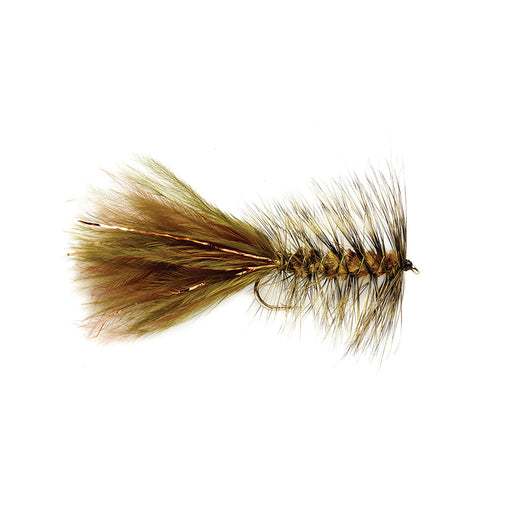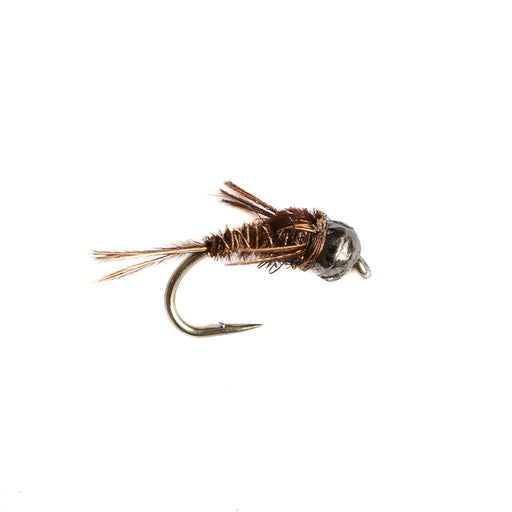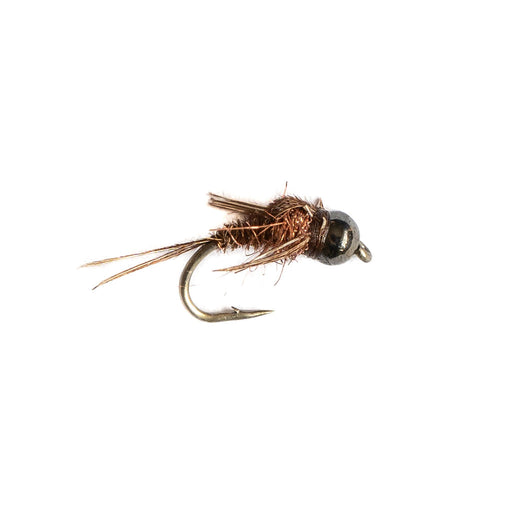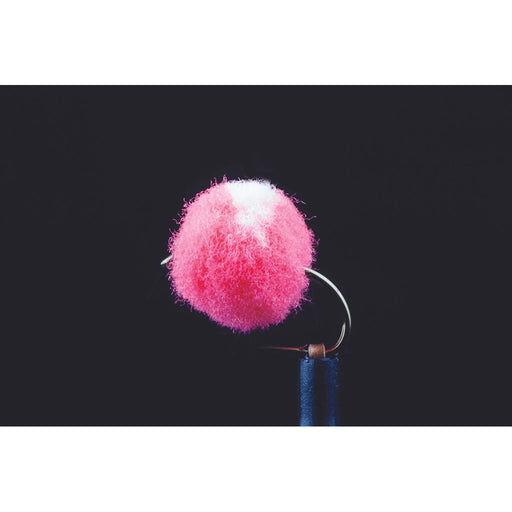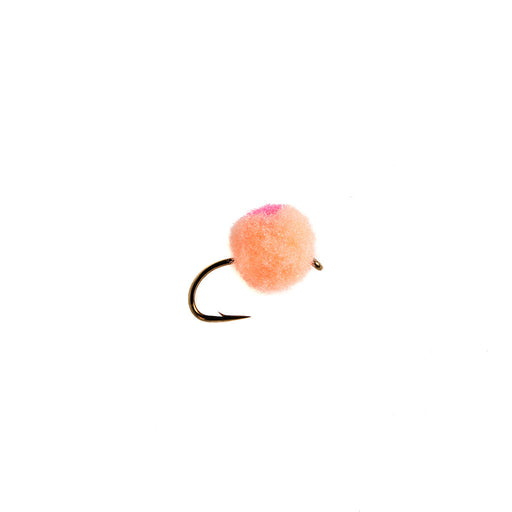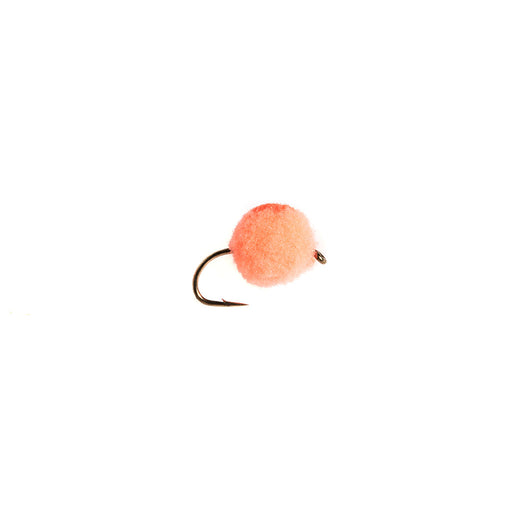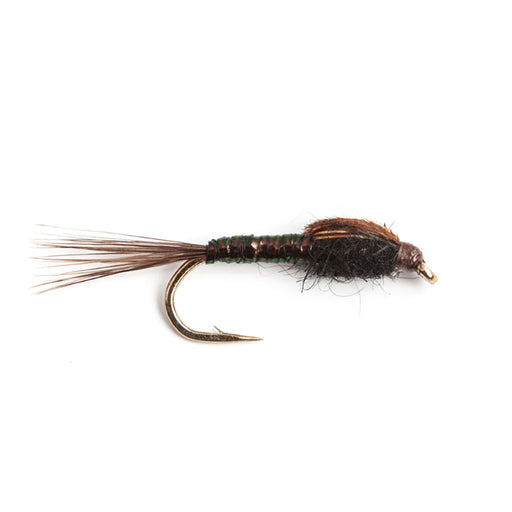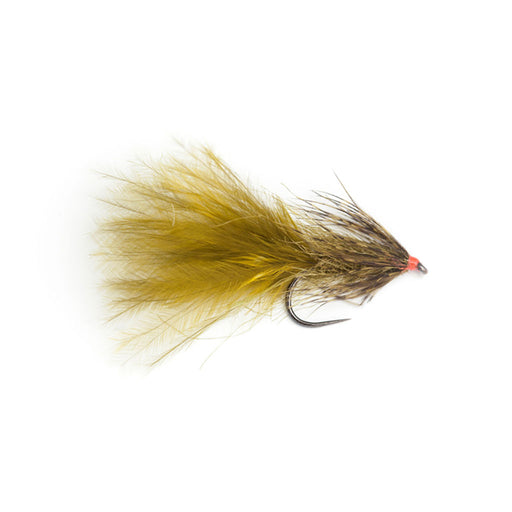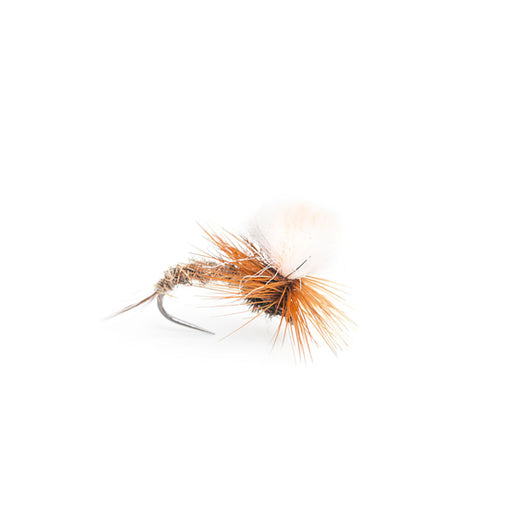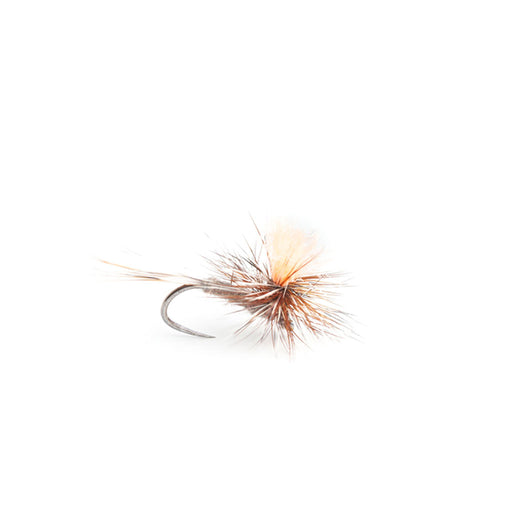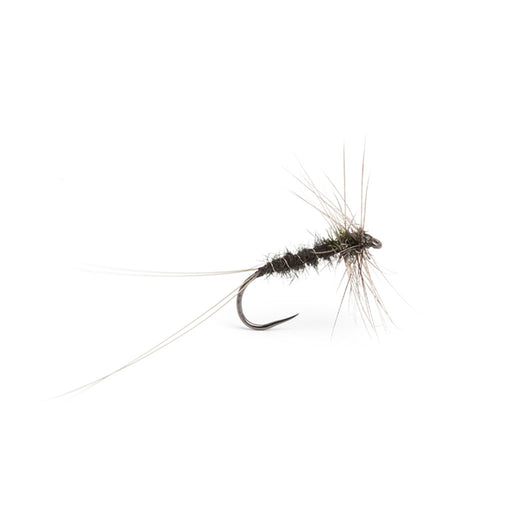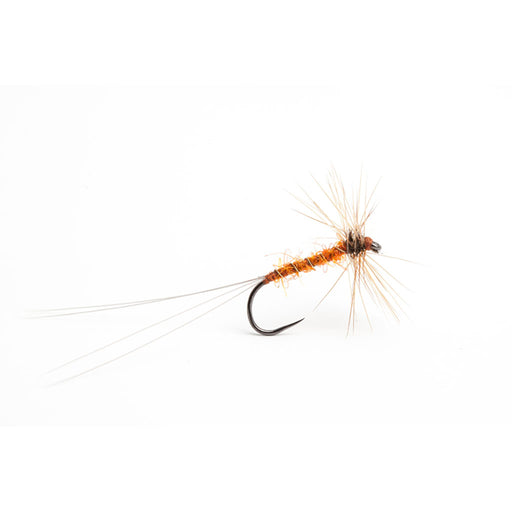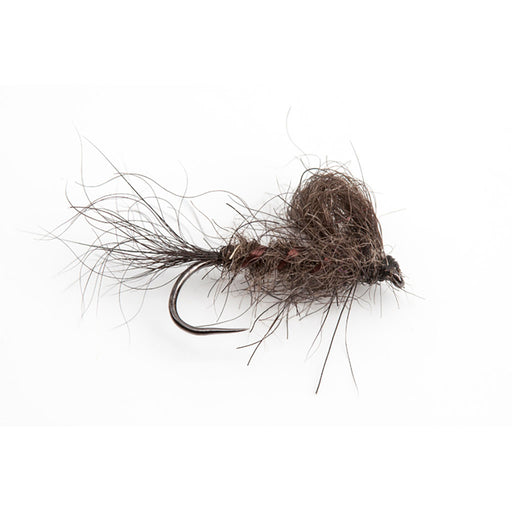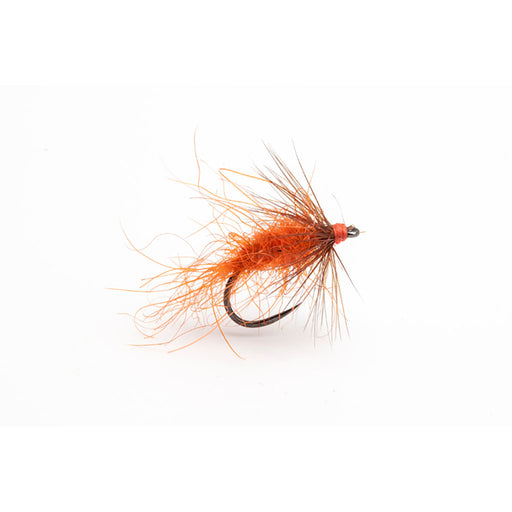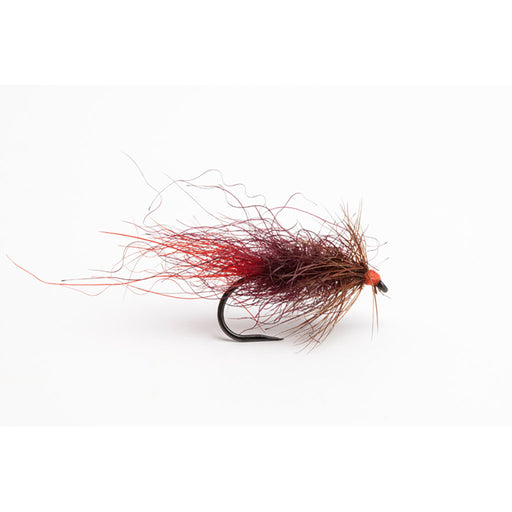
Fly Fishing Gear | Fly Fishing Flies | All
Your fly should be the only thing the fish sees; make it the right one.
At Tom's Outdoors, we boast a huge collection of fly fishing flies from Fulling Mill, MFC, RIO and Catagory 3 Fly Company - We handpick flies that are suitable for use in our local area, around Australia and across the ditch (or dutch as our Kiwi cousins would say).
Click here to read more...
WHAT TYPES OF FLIES ARE BEST FOR TROUT?
There are three main types of artificial flies in freshwater trout fishing, Dry flies, Nymphs and Wet flies (aka streamers) that anglers use to represent most of what trout eat.
- Dry flies: Designed to stay ‘dry’ and float on the water's surface, either representing an insect that has ‘hatched’ out of the water, like a Mayfly-Dun or a Caddis, or representing an insect that has fallen onto the water (terrestrial insects) like a Grasshopper. These flies are generally fished drifted along naturally in the current.
- Nymphs: Represent the aquatic juvenile phase of a water-born flying insect, like a Mayfly-Nymph, Caddis-Grub, or Stonefly-Nymph, and are fished throughout the water column from just under the surface film to the bottom, sinking with the aid of built-in or external weight. Nymphs are generally drifted naturally with the current, as well as being given some small movement underwater from time to time.
- Wet flies (or Streamers): Fished below the water's surface, these flies often imitate larger invertebrates like crayfish (yabbies), mud-eye, and damselfly, as well as larger vertebrates like frogs, baitfish, and even other small trout. They are generally fished quite aggressively through the current to imitate the darting fleeing nature of these prey items.
HOW TO CHOOSE A FLY
The three main things to consider when looking at selecting any fly are Profile, Movement, and Colour, in that order.
- The profile of the fly is one of the first things that a fish sees from a distance and will let them know if they are looking at viable prey; you want to match the size and shape of the food item you are imitating.
- Movement is the next thing that triggers a fish into eating your fly, whether it is slight movement that is ‘built into’ the fly like a soft hackle feather or how the fly reacts when moved through the water, such as the long tail made of marabou on a woolly-bugger.
- Finally, colour is a consideration, but not as important as most people would assume. Fish see colour differently from people and although it can be useful to have a fly in a range of colours, you can generally stick with bright, dark, or natural colours.
A note on ‘Ultra-Violet Hot-Spots’: one important consideration is does your fly have ultra-violet materials built into it? This is often an excellent extra trigger that results in getting fish to eat the flies as many fish species hunt in the Ultraviolet spectrum.
ATTRACTOR-PATTERNS VS IMITATIVE-PATTERNS.
Attractor patterns are designed to suggest life and movement without trying to match exactly one type of food or prey item. Imitative patterns are tied to try and look as much like the real thing as possible. They are both important styles to keep in mind when selecting effective flies for any situation. In general, the longer a fish will get to look at your flies, i.e. fishing very slowly on a lake or sand flat in clear water, the more imitative a fly should be. The less time a fish will see you fly, i.e. fishing a fast-flowing river or stripping a fly quickly through the water column the more of a general attractor a fly can be, the best flies generally have a mix of both!
Here at Tom’s we also stock all the necessary flies for targeting Australian Native Freshwater and Saltwater species. We have flies for Murray-Cod, Australian-Bass, Golden Perch, Flathead, Australian Salmon, Bream, Golden trevally, GT’s, Tuskies, Permit, and pretty-well any other species you’d care to throw a fly at, even carp... (unfortunately) - Native Freshwater and Saltwater patterns often fall into Surface (Floating) or Subsurface (Sinking) categories, most of which are fished actively to imitate the movement of the prey they represent. A typical surface fly would be a popper, which can imitate a frog or mouse ‘blooping’ across the surface, or even a wounded baitfish attempting to escape from a rocky ledge. Subsurface flies can range from patterns that represent baitfish all the way through to crayfish, crabs, shrimp and even drifting seaweed.
NEED HELP CHOOSING FLIES? CONTACT US TODAY
Simply get in touch with our friendly sales team – they’re always up for a chat. You can contact us by calling our Tumut store on (02) 6947 4062 or by email.
Fulling Mill Christopher Bassano's Flashy Humungous
Fulling Mill AUCatch Humungous amounts of fish. By today's streamer standards, the Flashy Humungous is on the minuscule end. But don't let that fool you, this fly...
View full detailsFulling Mill Christopher Bassano's Shaving Brush Hares Ear/Possum
Fulling Mill AUA must-have Australian mayfly emerger pattern. The Shaving Brush Hares Ear/Possum is the textbook Kosi-Dun emerger. Tied with hares ear and possum ...
View full detailsFulling Mill Christopher Bassano's Shaving Brush Claret
Fulling Mill AUThe perfect emerging mayfly silhouette Bassano's Shaving Brush Claret is a staple for evening risers and lakes. The emerging mayfly shape with the ...
View full detailsFulling Mill Christopher Bassano's Blind Caddis
Fulling Mill AUWhen mayflies get boring...Fish Caddis! As far as caddis nymphs go, you can't look past cased caddis variants. The Blind Caddis by Christopher Bass...
View full detailsFulling Mill Christopher Bassano's Gold Humungous
Fulling Mill AUIf it ain't broke, don't fix it. With the perfect amount of flash and black marabou, the Gold Humungous is a staple streamer. Fish it across and do...
View full detailsFulling Mill Christopher Bassano's Zulu Tag
Fulling Mill AUThe famous red tag just got better. A variation of the popular red tag, Christopher Bassano's Zulu Tag is a fantastic dry fly for rivers and lakes ...
View full detailsFulling Mill Bill Becks Krystal Cat
Fulling Mill AUBring back wet flies! The Krystal Cat is a wet fly that just plain works. Taking inspiration from flies like the zonker and the red tag, the Krysta...
View full detailsFulling Mill Bill Becks Lurex Cat
Fulling Mill AUA mix-match of a royal coachman and a zonker. When the oversized streamers aren't cutting it downsize to Becks Lurex Cat, a wet fly designed for so...
View full detailsFulling Mill Bill Becks Green Machine
Fulling Mill AUThe wet fly you've been waiting for. Just got a new sink tip or floating intermediate line and need a fly to clean up on rivers and lakes? Look no ...
View full detailsFulling Mill Woolly Bugger Grizzly
Fulling MillThe Original Marabou streamer. Woolly buggers have become one of the most productive flies throughout history for a variety of species. The simple ...
View full detailsCategory 3 Pheasant Tail Southside - Black Tungsten Bead Nymph
Category 3 Fly CompanyFill a box full of these, and you can't go wrong. When the mayflies go off, reach for the Category 3 Pheasant Tail Southside BTB for your next fly ...
View full detailsCategory 3 Pheasant Tail Northside - Black Tungsten Bead Nymph
Category 3 Fly CompanyThe classic pheasant tail nymph revamped and just as deadly. The Category 3 Pheasant Tail Northside BTB is a variation on the tried and tested phea...
View full detailsManic Tackle Glo Bug Watermelon/ Late McRoe
Manic TackleWho said glo bugs can't be pink?! The Manic Tackle Glo Bug in a Watermelon and Late McRoe colour should be a go-to fly for late autumn months and b...
View full detailsManic Tackle Glo Bug Early Girl/Fl Cherise
Manic TackleGlo bugging! A slight variation on the traditional glo bug colours yet just as effective on the water. The Manic Tackle Glo Bug in an Early Girl an...
View full detailsManic Tackle Glo Bug Tangerine/Brite Red
Manic TackleA staple pattern in any keen spawn run angler's fly box The Manic Tackle Glo Bug in Tangerine and Brite Red will turn a bad day good late in the tr...
View full detailsFulling Mill Bill Becks Krystal Flash Nymph
Fulling Mill AUA simple pattern thast just works. Similar in profile and colour to the famous phesant tail nymph this time with no bead head and some krystal flas...
View full detailsFulling Mill Christopher Bassano's Index Fly
Fulling Mill AUAn unweighted damsel fly, ideal for Australian lakes and rivers. A reliable unweighted design for two-fly streamer rigs with a heavier streamer as ...
View full detailsFulling Mill Christopher Bassano's Hares Ear Klinkhammer
Fulling Mill AUThe Hares Ear Klinkhammer is a versatile necessity in any Angler's arsenal. Highly buoyant, highly visible emerger dry-fly pattern perfect for a dr...
View full detailsFulling Mill Christopher Bassano's Para Adams Fluoro Post
Fulling Mill AUThe Parachute Adams speaks for itself as being one of the most popular dry flies ever created. When mayflies are about, this fly more often than no...
View full detailsFulling Mill Christopher Bassano's Black Spinner
Fulling Mill AUA prolific hatch, particularly in Tasmania, the Black Spinner is hard to resist for rising trout. A very delicate and realistic presentation, perfe...
View full detailsFulling Mill Christopher Bassano's Orange Spinner
Fulling Mill AUA fantastic orange spinner pattern perfect for late evenings when trout are feeding. Abundant in Tasmania and other parts of Australia, the orange ...
View full detailsFulling Mill Christopher Bassano's Possum Emerger
Fulling Mill AUA staple Australian mayfly emerger that's stood the test of time. Made from 100% possum fur, perfect for rivers and lakes alike, the possum emerger...
View full detailsFulling Mill Christopher Bassano's Carrot Fly
Fulling Mill AUThis highly visible, highly effective fly designed for rainbow trout in England works surprisingly well for wild browns in Australia. Not designed ...
View full detailsFulling Mill Christopher Bassano's Claret Carrot Fly
Fulling Mill AUA successor to Bassano's Carrot Fly the Claret Carrot is a great Australian version as claret is a popular colour for our streams. A somewhat more ...
View full details

